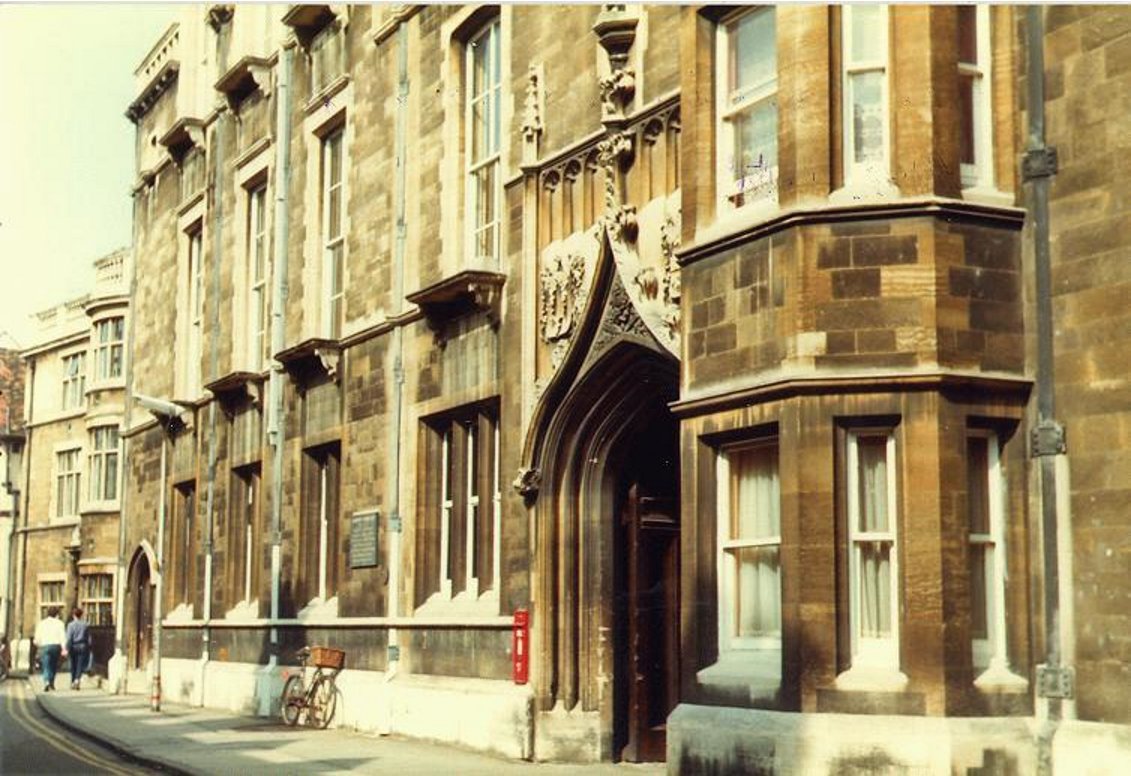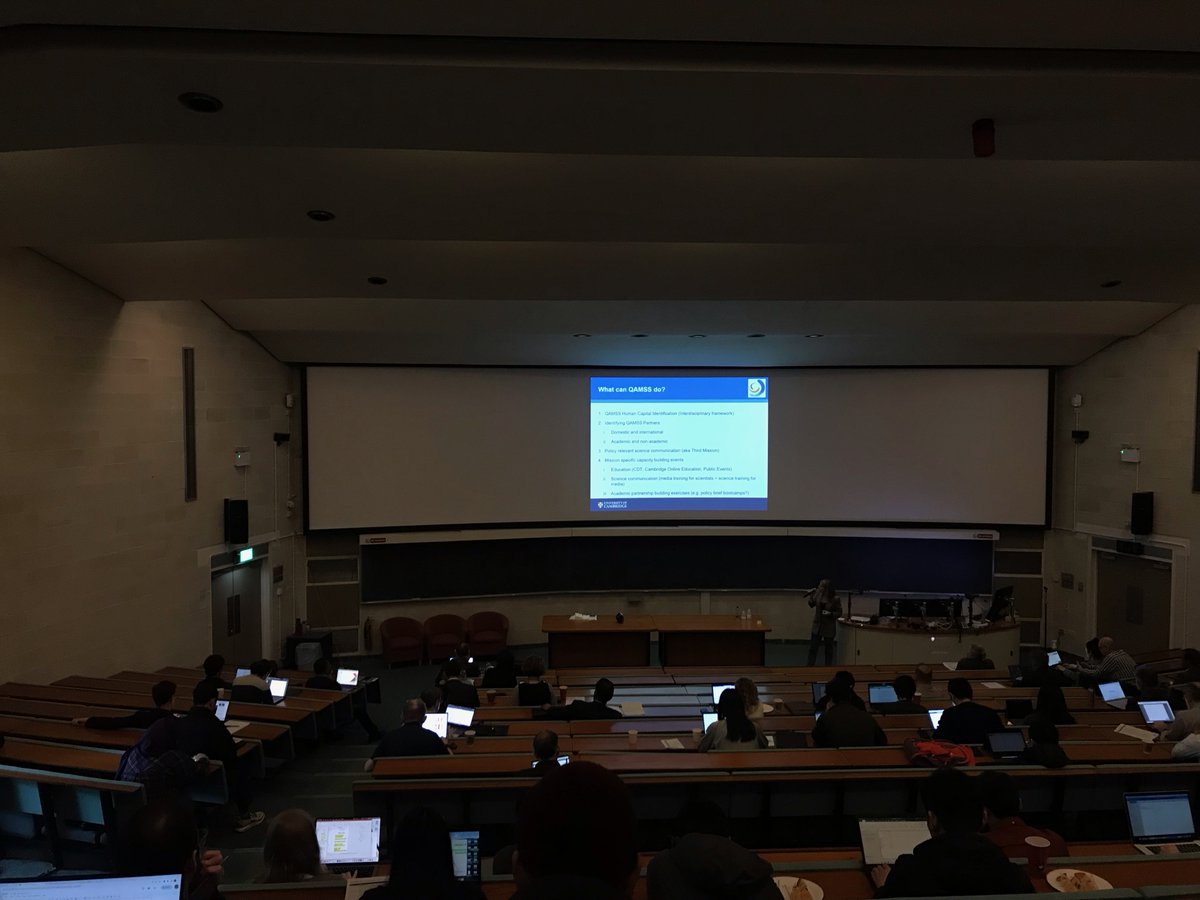
Val Gibson
@valgibson11
ID: 863142675297566720
12-05-2017 21:23:44
285 Tweet
228 Followers
92 Following

We’re working towards building an atom interferometer for #DarkMatter and #GravitationalWave detection in a 100 m (then 1 km!) deep shaft - this week we visited a possible site at the Boulby underground lab Boulby Underground Laboratory in North Yorkshire. Thanks for having us! Science and Technology Facilities Council
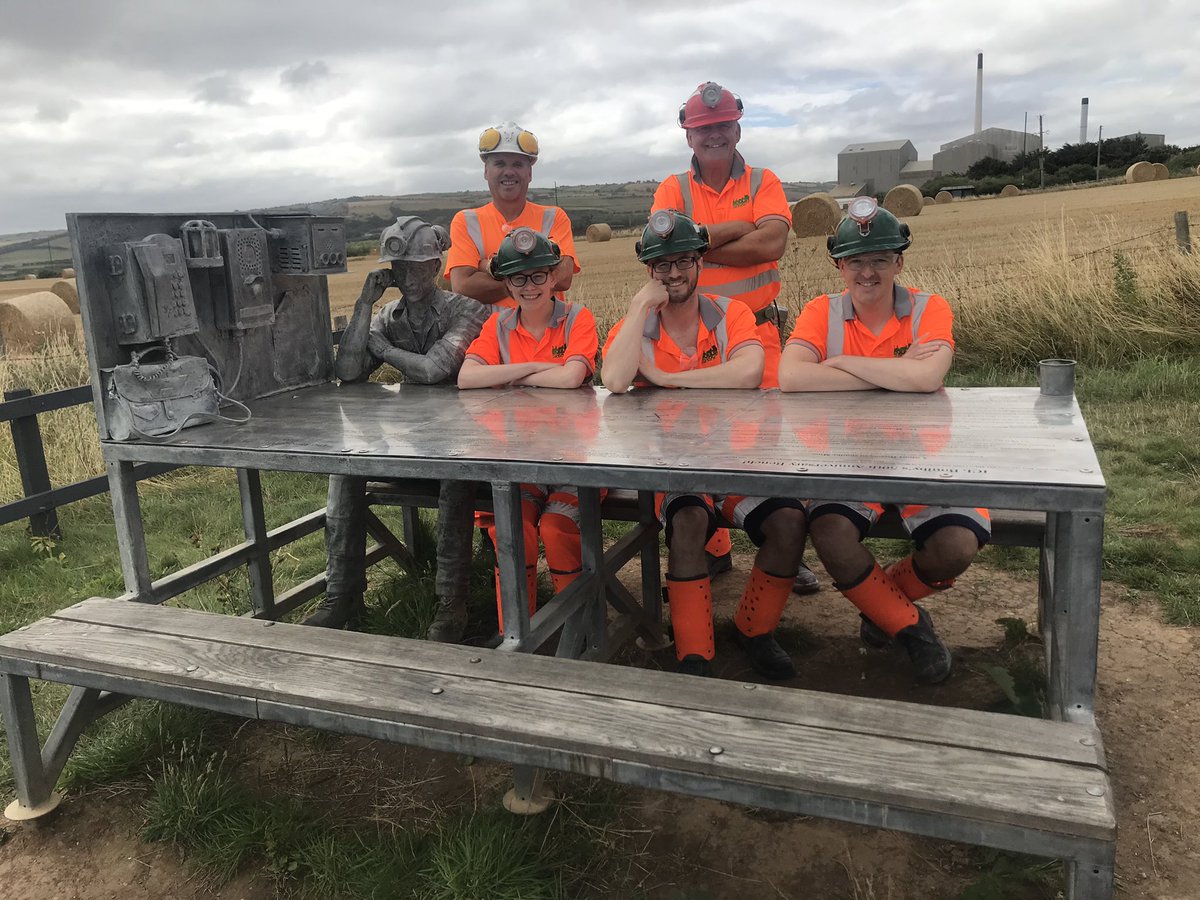

Leonardo and Ankit from KCL Physics King's College London are at the Searches for Wave-Like Dark Matter with Quantum Networks conference in Mainz. Leonardo will present prospects for #DarkMatter searches using an atom gradiometer at 11am Thursday! indico.mitp.uni-mainz.de/event/265/cont…

Our theory teams KCL Physics and Cambridge University Cavendish Laboratory have a new #ArXiv paper! We’ve characterised the impact of gravity gradient noise on dark matter searches with #AtomInterferometry 🌌 arxiv.org/abs/2211.01854



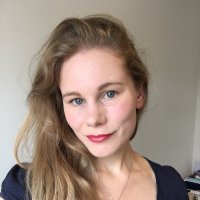


A huge congratulations to Noam Mouelle, my PhD student on AION atom interferometry detector, and Cambridge University Boat Club for a fantastic day The Boat Race!

The AION team are ready with their posters and enjoying the first day of the IOP APP/HEPP conference! IoP Astroparticle Physics group We have posters from PhD students Noam Mouelle and Yu Zhi Cambridge University Cavendish Laboratory, and Kamran Hussain University of Liverpool Physics, and talks coming up this afternoon!



The collaboration is (almost) all back together again, this time hosted by King's College London KCL Physics! We had a beautiful view for our talks today and apparently our speakers are joining Taylor Swift among others as ‘performers’ in this building!
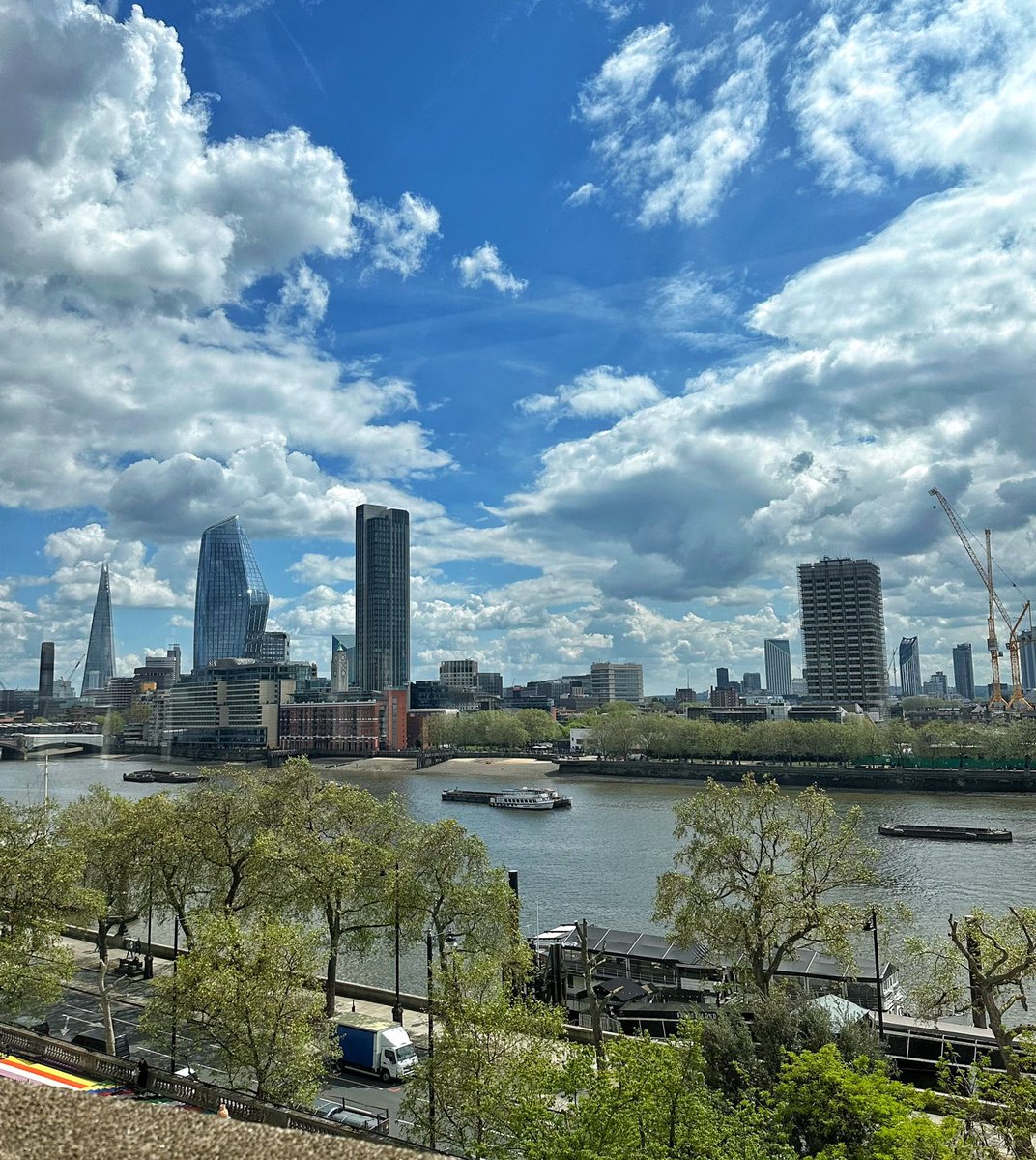

Congratulations to Samuel Lellouch who has been appointed Assistant Professor Uni of Birmingham🎉 Samuel has developed a large momentum transfer interferometer model allowing derivation of atom-optics requirements, and is now working on advanced pulse engineering techniques.
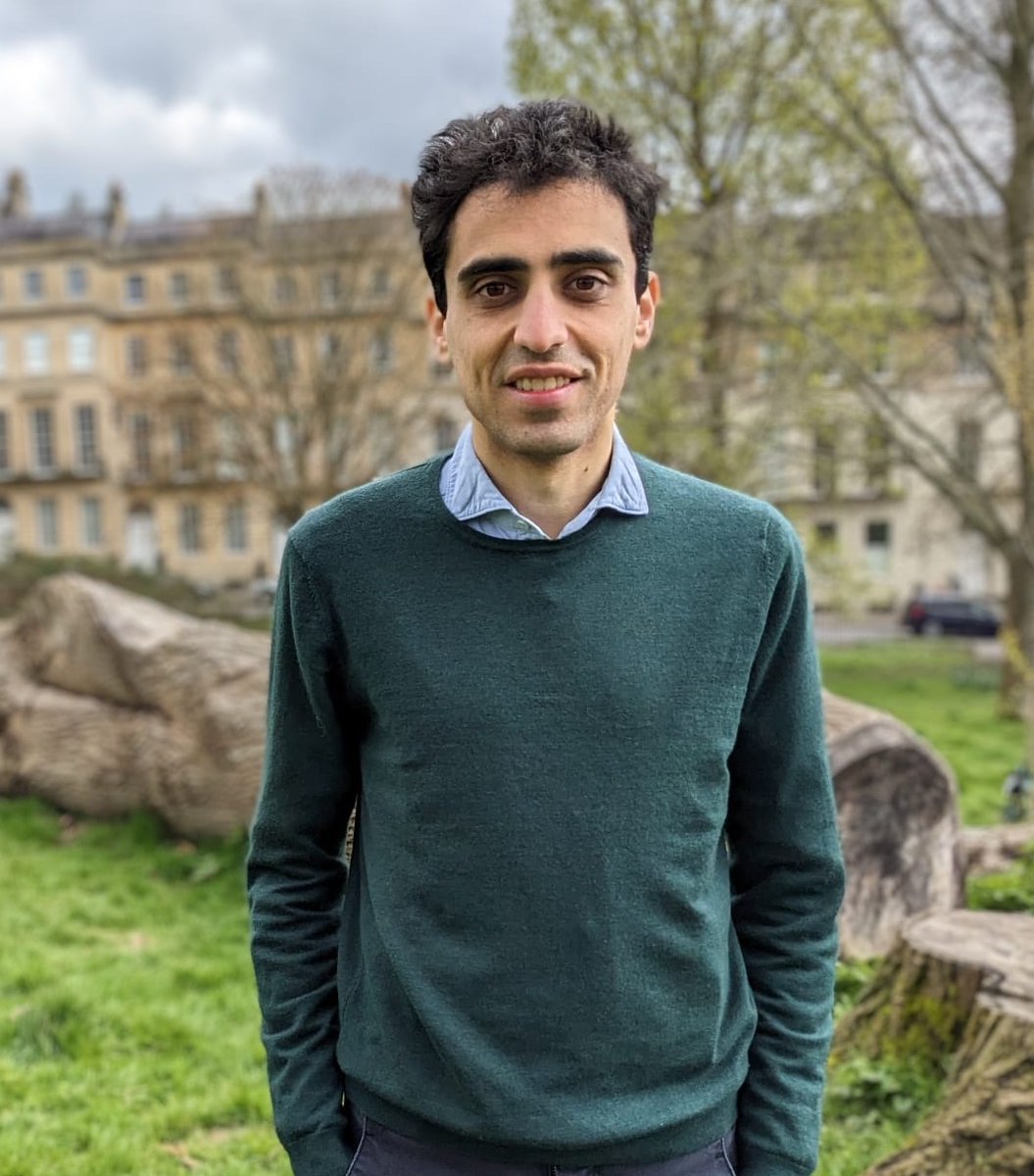

Our grad students have had a photo contest and we'll reveal the winners over the next few days 📸 Thanks to contest organiser John Carlton KCL Physics! In third place was Yu Zhi from Cambridge University Cavendish Laboratory with 'A binary system and “gravitational” waves: where are they?'
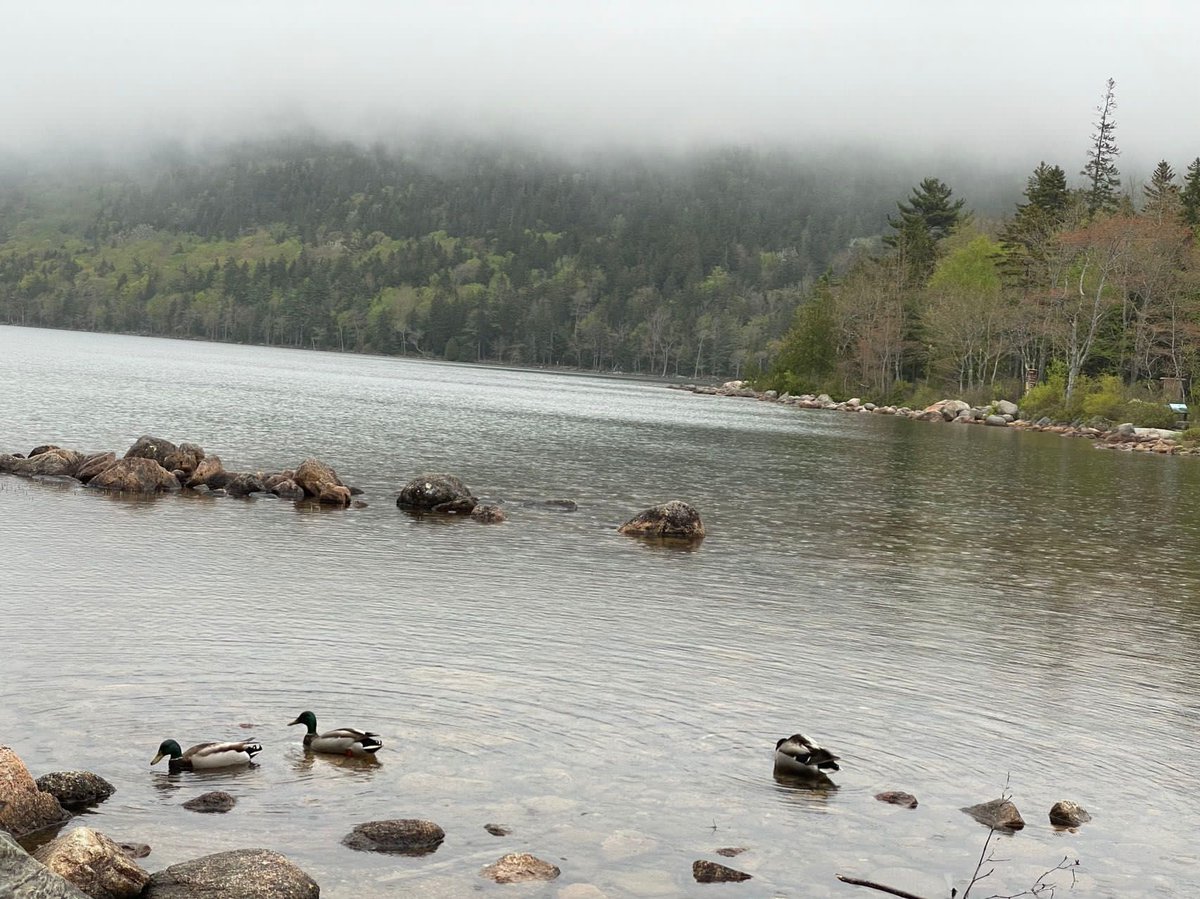

Second place in our grad student photo contest went to Elizabeth Pasatembou Elizabeth Pasatembou from Imperial Physics Imperial College London for her entry: 'Two beams from an acousto-optic modulator used to cool atoms to extremely cold temperatures' 📸


Our photo contest winner was David Evans @thundrnddragon from Imperial Physics Imperial College London with his picture of a 3D magneto-optical trap operating on the strontium blue transition. In the photo you can see the bright fluorescence from the atoms as they are laser cooled! 📸


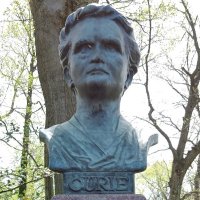
#Onthisday in 1874 the Cavendish Laboratory opened Cambridge University named after chemist and physicist Henry Cavendish. Since its opening 30 Cavendish researchers have won Nobel Prizes and have made huge discoveries including the electron and structure of DNA. Cavendish Laboratory
